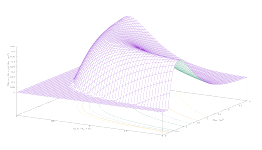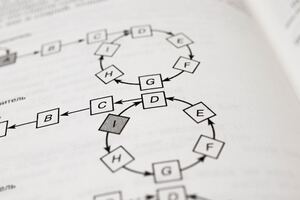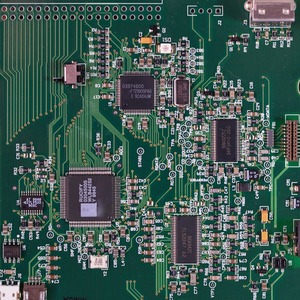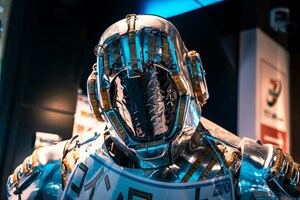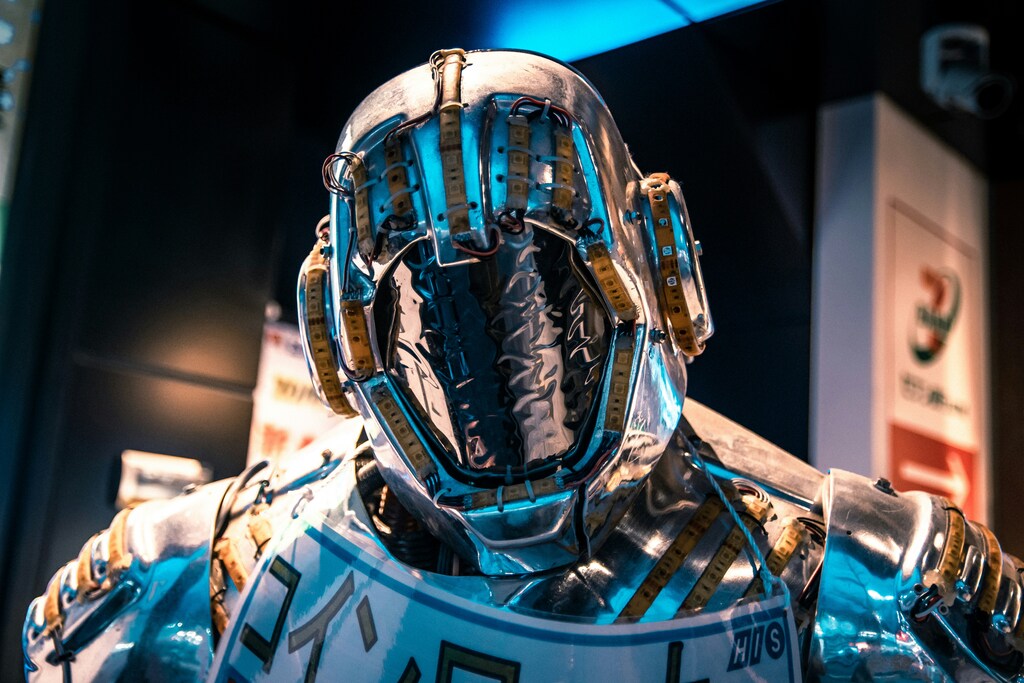
Maximalfocus - https://unsplash.com/photos/blue-and-black-helmet-on-blue-and-white-textile-0n4jhVGS4zs
From 1986 to 1997, the AEGON tournament was held annually in Norway, pitting human and artificial chess players against each other. It seems no coincidence that the last edition coincided with Kasparov’s defeat by Deep Blue (1996).
But what defines a true chess player? In his famous 1950 article “Programming a Computer for Playing Chess”, Claude Shannon, the father of information theory, identified two possible alternatives to the game: strategy A or brute force, and strategy B, in which tactical and strategic principles more similar to those of a human are followed. Most programs still play today following strategy A, in which they try to evaluate the highest number of positions per unit of time.
But are we sure that humans, who have limited computing capacity and are guided during a game by evaluations relating to groupings of pieces and strategic principles resulting from the now century-old study of the game, are the true players? Perhaps the quantity of possibilities simply makes it impractical to evaluate a sufficient number of positions, and we must fall back on alternatives of play that allow us to somehow “keep everything under control”. In this perspective, the computer is the real player, which makes a “reasoned” decision, with a degree of certainty higher than that of any human, who can study only some alternatives. However, we boast that the real reasoning, when playing chess, is that of the human.
This issue is similar to that which compares the exact and approximate resolution of a problem in some areas of artificial intelligence. For example, in the traveling salesman problem (TSP), the combinatorial explosion of possibilities prevents the study of all the paths even with a few cities involved, and we must look for an approximate strategy that gives us a “good” solution in reasonable times (a genetic algorithm can help us to put this approximate strategy into practice). But this way of solving the TSP problem is simply the result of an impossibility. We are forced to operate in this way if we want to have a result, and therefore, there is no merit in the choice because it is not a choice.
Making a comparison with the game of chess, the human player is the one who solves the problem (the evaluation of the position) in an approximate way, and a computer that uses Shannon’s strategy A solves it in an exact way (or much more exact). As for the TSP problem, our way of reasoning as humans during a game has no merit, since it is not an option resulting from a choice: if we want to play even just “well” or “correctly” we have no other alternative than to make our approximate evaluations given our poor calculation capacity compared to that of a computer.
“Ah! But the computer does not know how to think. It must evaluate all the possibilities given its inability to reason”. Hmm, there is something not very solid in this reflection. I am not saying that it is not true, but it offers more doubts than we are normally willing to accept.
There is a scene that I find enlightening in the film “I, Robot” (Alex Proyas, 2004). When, after a chase, the policeman played by Will Smith manages to catch the robot (Sonny) and interrogates him, he says: “You will never be able to compose a symphony or make a masterpiece”, and Sonny replies: “Can you, officer?”. The truth is that the abilities that, in the collective imagination, distinguish us from machines are beyond the reach of 99% of people. Like in the game of chess, when in the late 90s it was believed that man was superior to the artificial player, but only about ten people in the world really were.
We must have a balanced position regarding what human abilities really are. There is, in my opinion, a chronic lack of understanding in the man-machine relationship that risks becoming unhealthy in many contexts and for many people. I believe that the future will lead us down a road full of difficulties.
